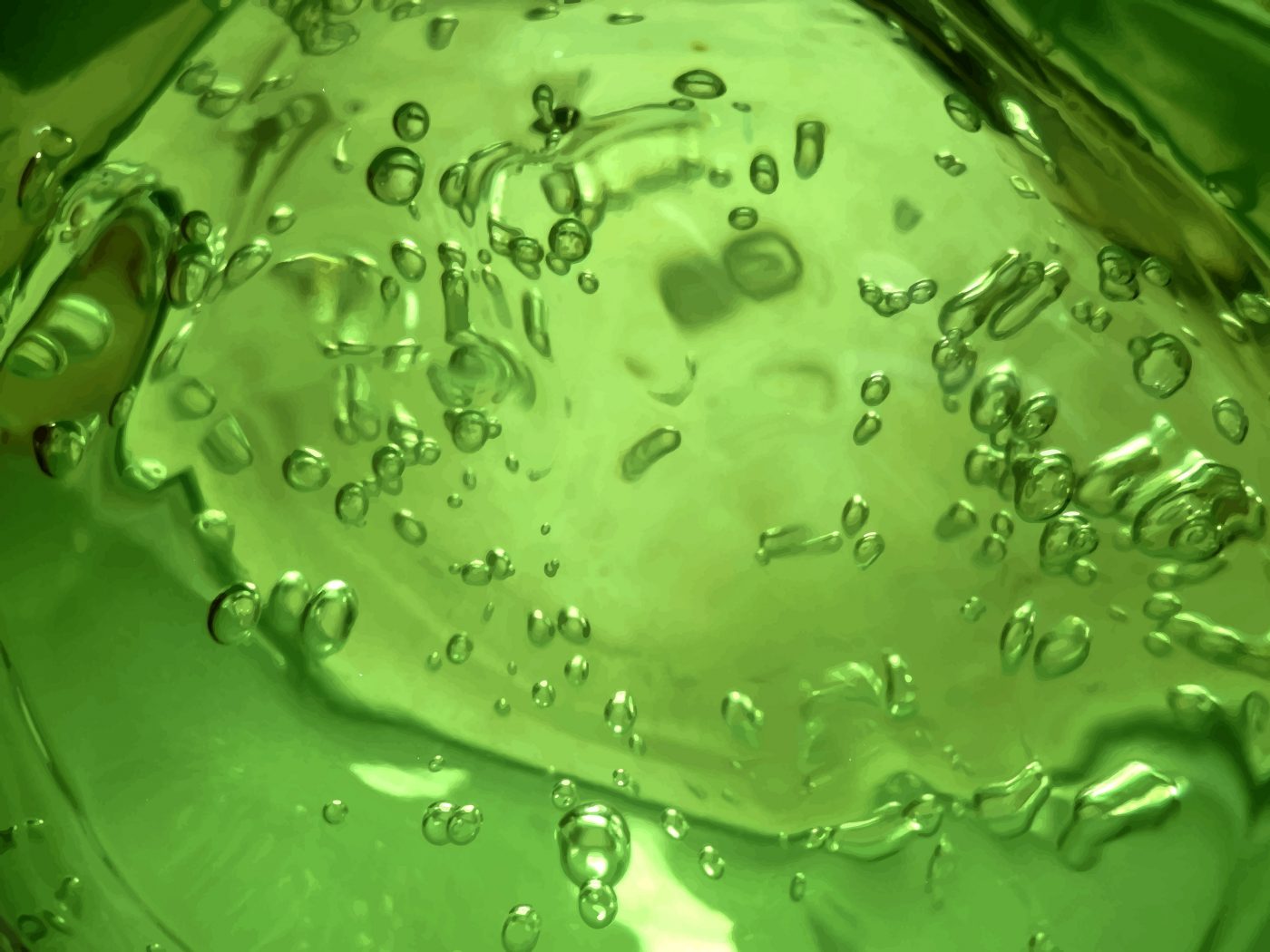A barrier gel called Intercoat that is composed of polyethylene oxide (PEO) and sodium carboxymethyl cellulose (CMC) stabilized with calcium may help inhibit complications of surgery in patients with endometriosis. Researchers at Friedrich-Alexander University Erlangen Nuremberg in Germany conducted a study that discovered a low degree of adherence of either eutopic stromal endometrial (Eu-ESC) and ectopic endometriosis stromal cells (Ec-ESC) or ovarian carcinoma cells to Intercoat when a drop of the Intercoat gel is placed inside cell culture wells.
“Our findings could help to prevent local cell growth/invasion and possible consequent recurrences,” stated Dr. Stefan P. Renner, lead author of the study, “Inhibition of Adhesion, Proliferation, and Invasion of Primary Endometriosis and Endometrial Stromal and Ovarian Carcinoma Cells by a Nonhyaluronan Adhesion Barrier Gel,” which was published in BioMed Research International.
The team was interested in reducing adherence events because surgical resection of lesions on the endometrial-like glands and stroma outside the uterus often results in recurrence from incomplete excision. Placing a barrier agent, such as a non-adhesive gel, around a traumatized tissue has promoted healing in animal models of endometriosis and in patients undergoing gynecological surgery for endometriosis or ovarian carcinoma. It is postulated that the reduction of adhesions when these gels are used is due to a significant reduction in adhesions.
Typically used anti-adhesion barriers are composed of hyaluronic acid. However, the research team chose to use PEO- and CMC-containing Intercoat due to its commonality of use as a cell barrier. They used Intercoat along with a few cell types to provide evidence of efficacy with both primary Eu-ESC and Ec-ESC cells and ovarian carcinoma cells that are highly proliferative and invasive.
Applying Intercoat to cell culture walls reduced proliferation of the primary and cancerous cells. It led to more rounded cells that lifted off the bottoms of the culture wells due to a decrease in adherent interaction with the surface. Intercoat also reduced the invasive nature of the cancer cells.
“Importantly, we could demonstrate direct interaction between the barrier agent and these different cell types, especially since adherence and growth were visibly inhibited around and within the barrier gel drop,” wrote Dr. Renner. Applying these safe, nontoxic barriers after endometriosis surgery may therefore decrease adhesions and rescue patients from recurrence.

